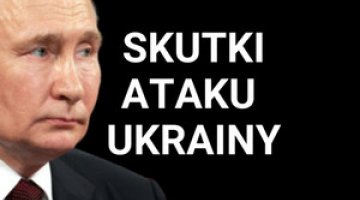Volgograd: the Jihad of ideological amateurs
On 19 January, Dagestani Mujahideen representing the Caucasus Emirate (a North Caucasus militant group) issued a statement in which the previously unknown Ansar al-Sunna insurgency group assumed responsibility for staging the terrorist attacks in Volgograd last December. The militants also published a propaganda film, which had been recorded before the attacks, in which the two immediate perpetrators of the suicide attacks revealed their motives (mainly revenge on Russians “occupying the Northern Caucasus”). Dokku Umarov (the leader of the Caucasus Emirate) released a statement in the summer of 2013 in which he ended the moratorium on civilian targets. The militants made reference to this and warned that further attacks should be expected.
Commentary
- Both the content of the announcement and the recording clearly indicate that their authors are militants from Dagestan, who operate as part of ‘Vilayat Dagestan’, a virtual administrative unit within the Caucasus Emirate, which Caucasus Mujahideen are fighting to establish (in addition to the Dagestani vilayat, there are also the Chechen, the Ingush, etc. vilayats). Apart from what is most likely an accidental coincidence of the names (Ansar al-Sunna), they have nothing in common with the terrorists from Iraq, as many media have stated, quoting the Russian news portal Caucasian Knot (www.kavkaz-uzel.ru).
- The fact that young Dagestanis operating as part of a small insurgency group, and not the leaders of the Caucasus Emirate, have claimed responsibility for the attacks indicates that although the Islamic underground operates under the same banner, it is in fact constructed as a network consisting of autonomous groups of militants. It also seems that the possible death of Dokku Umarov (unconfirmed information provided by the president of Chechnya) could contribute to this aspect of the Emirate becoming entrenched. Although militants are probably unable to organise a logistically complex attack on strategic targets in Russia (e.g. the Olympic facilities), they still pose a very big threat to internal security; they can attack more easily accessible civilian targets. Law enforcement agencies will also find it much more difficult to combat an opponent who is dispersed.
- Many factors indicate that the militant underground in the Caucasus is essentially different to the one operating there a few years ago: the most recent attacks, the form of the actions taken by militants in the Caucasus (attacks on police stations, killing officers and bombing casinos, shops where alcohol is sold, etc.) and the special anti-terrorist operations undertaken mainly in Dagestan and Kabardino-Balkaria (militants are decimated during such operations). The core of the guerrilla troops is formed not by field commanders seasoned in battle who began their activity as Chechen separatists, but by young, ideology-driven amateur terrorists, who are just gaining experience and who have joined Jihad under the influence of successful propaganda from the Islamic underground (mainly via the Internet). The most recent attacks have a clear anti-Russian context. Nevertheless, the militants are fighting not only against Moscow but also against the local ‘godless’ regimes operating in the Caucasian republics. As a consequence, the unstable situation in the Caucasus may be characterised as both Russia’s struggle against armed Islamic radicalism and as civil war in the Caucasus.




